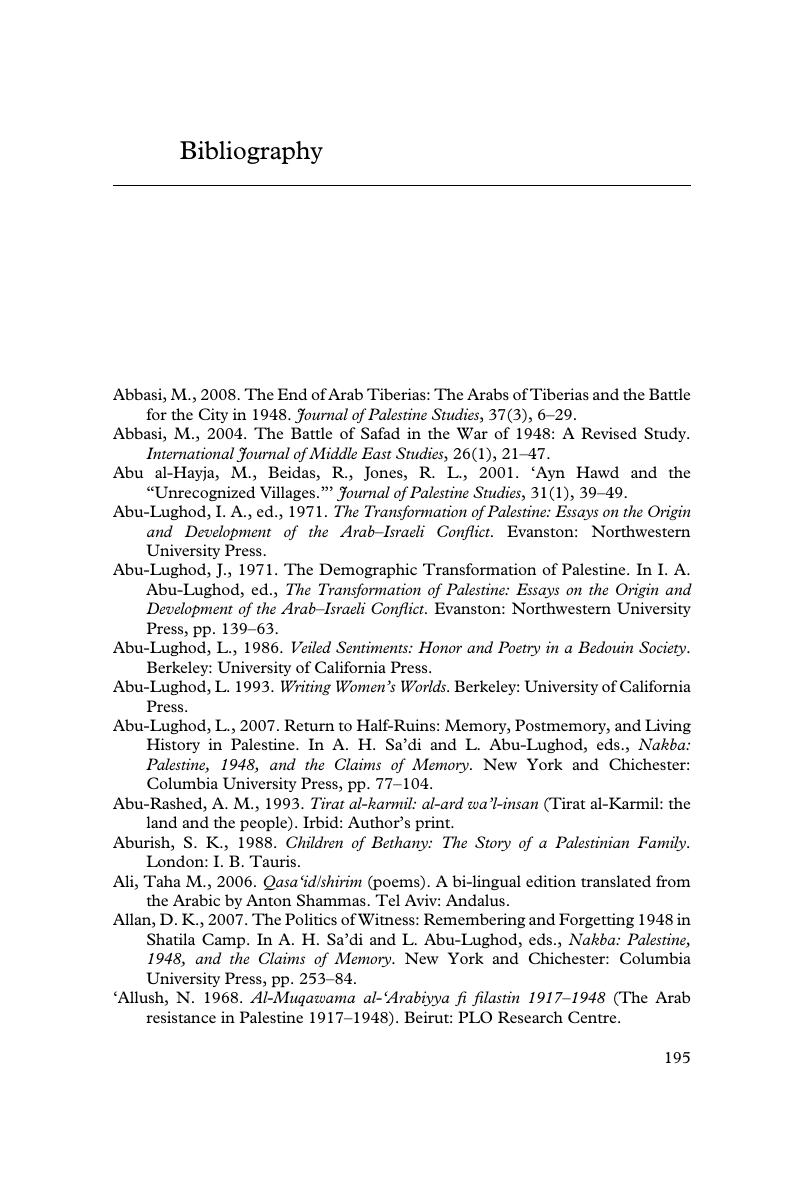Book contents
- Frontmatter
- Contents
- List of illustrations
- Maps
- Preface
- Map of Palestine prior to 1948
- Introduction
- Part I Constructing Palestine: National Projects
- Part II Palestinian-Arab Memories in the Making
- Part III Jewish-Israeli Memories in the Making
- Part IV British Mandatory Memories in the Making
- Conclusions and Implications
- Bibliography
- Notes
- Index
- Studies in the Social and Cultural History of Modern Warfare
- References
Bibliography
Published online by Cambridge University Press: 07 October 2011
- Frontmatter
- Contents
- List of illustrations
- Maps
- Preface
- Map of Palestine prior to 1948
- Introduction
- Part I Constructing Palestine: National Projects
- Part II Palestinian-Arab Memories in the Making
- Part III Jewish-Israeli Memories in the Making
- Part IV British Mandatory Memories in the Making
- Conclusions and Implications
- Bibliography
- Notes
- Index
- Studies in the Social and Cultural History of Modern Warfare
- References
Summary

- Type
- Chapter
- Information
- Remembering Palestine in 1948Beyond National Narratives, pp. 195 - 212Publisher: Cambridge University PressPrint publication year: 2011

